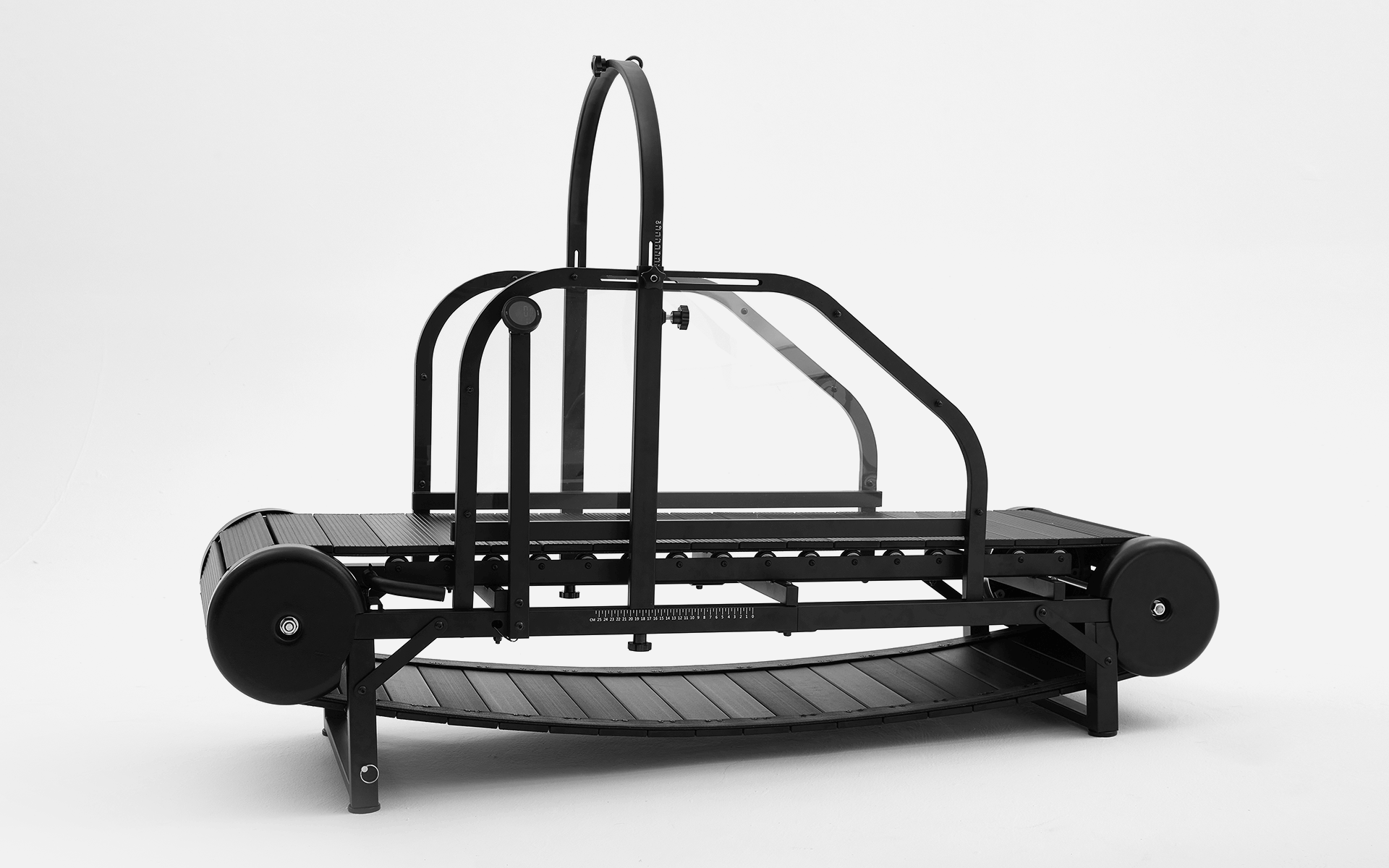Staffordshire Bull Terriers often have health problems that can affect their quality of life. As a staffy owner, it’s important to understand these conditions, which commonly include joint issues, skin conditions, and serious diseases. Research shows that Staffordshire Bull Terriers are more likely to have behavior-related deaths than other breeds, highlighting the need to monitor your pet's health and behavior closely. Just like finding the right dog running machine for sale to keep yourself healthy, spotting symptoms early in your dog ensures your loving companion gets the best care possible.
Staffy Health Issues

Staffordshire Bull Terriers often have different health problems, especially with their joints and skin. Knowing about these issues can help you take better care of your dog.
Joint Problems
Joint problems are common in Staffordshire Bull Terriers because they are strong and active. The most common joint issues are:
-
Hip dysplasia
-
Elbow dysplasia
-
Early arthritis
These problems can cause pain, limping, and less movement. Osteoarthritis is a joint disease that usually happens later in life. It affects the hips, stifles, and elbows. Things like breed, age, and being overweight can raise the chance of joint issues. Male and neutered dogs might be more at risk because of hormones and weight.
Noticing symptoms early is very important. Look for signs like limping, trouble standing, or not wanting to play. Finding problems early allows for quick treatment, which can greatly help your dog's life. Regular vet visits can check joint health and find any new issues.
Skin Conditions
Skin problems are another issue for Staffordshire Bull Terriers. These dogs can get many skin issues, like allergies, infections, and tumors. Common skin problems include:
-
Allergic reactions (atopy)
-
Demodicosis (mange)
-
Mast cell tumors
Finding skin problems early is very important. For example, finding mast cell tumors early helps with quick surgery, which is key for a good result. Any strange lumps should be checked and removed quickly to help. Also, getting early vet care for demodicosis can stop the disease from getting worse and prevent other infections.
A study showed that finding atopic dermatitis early can lead to good treatment options. This study showed how important it is to notice skin issues early, as it helps with treatments that can improve your dog's skin health.
Serious Diseases

Staffordshire Bull Terriers have serious health issues, like Cushing's disease and heart disease. Knowing about these problems helps you take better care of your dog.
Cushing's Disease
Cushing's disease, or hyperadrenocorticism, happens when the body makes too much cortisol. This can cause symptoms like drinking more, peeing often, and changes in how much they eat. Recent studies show that Staffordshire Bull Terriers are more likely to get Cushing's disease than other breeds. While the chance of this disease in dogs is 0.17%, Staffordshire Bull Terriers are known to be at risk, but exact numbers are not reported.
Finding Cushing's disease early is very important. Early diagnosis allows for timely treatment, which can help your dog's life. Regular vet visits are key to checking your dog's health and spotting any signs of this disease early.
Heart Disease
Heart disease is another big worry for Staffordshire Bull Terriers, especially as they get older. Research shows that age affects many heart-related factors. For example, as dogs age, the left ventricular end-systolic diameter usually gets bigger, which can mean heart problems.
|
Cardiological Parameter |
Correlation with Age |
Correlation Coefficient (R) |
p-value |
Strength & Direction of Correlation |
|---|---|---|---|---|
|
Left Ventricular End-Systolic Diameter (LVDs) |
Positive |
0.40 |
0.033 |
Weak positive correlation |
|
End-Systolic Volume (Parasternal Long Axis) (ESV PLAX) |
Positive |
0.38 |
0.041 |
Weak positive correlation |
|
Normalized Left Ventricular End-Systolic Diameter (LVDsN) |
Positive |
0.37 |
0.049 |
Weak positive correlation |
|
End-Systolic Volume Index (ESVI PLAX) |
Positive |
0.39 |
0.038 |
Weak positive correlation |
|
Left Atrium Size (LA) |
Negative |
-0.39 |
0.037 |
Weak negative correlation |
|
Right Ventricular Outflow Tract Velocity (RVOT) |
Negative |
-0.61 |
0.001 |
Moderate negative correlation (strongest) |
Regular vet visits are very important for checking heart health. Finding heart disease early can lead to better care and treatment options, helping your dog stay healthy and active.
Exercise Needs
Staffordshire Bull Terriers need regular exercise to stay healthy and happy. These dogs are full of energy and love to be active. Daily exercise helps stop obesity, lowers behavior problems, and improves overall health.
Daily Exercise Requirements
You should try to give your Staffy at least one hour of exercise every day. This matches the UK Kennel Club advice for medium-sized dogs. Doing different activities keeps your dog’s mind sharp and body fit. Here are some good ways to exercise your Staffy:
-
Walking: A fast walk in your neighborhood.
-
Playing fetch: This lets your dog run and chase.
-
Tug-of-war: A fun way to play and get exercise.
-
Scent work: Hide treats around your home or yard for your dog to find.
Studies show that about 52% of medium-sized dogs get enough exercise. For terriers, this number is even higher at 71%. Regular exercise helps keep a healthy weight and improves your dog's body condition score (BCS) and fitness.
How a Dog Treadmill for Sale Can Help

Weight Management for Joint Health
A dog treadmill for sale can be a game - changer in managing a Staffy's weight, which in turn helps protect their joints. By providing a consistent and controlled form of exercise, owners can ensure that their Staffies burn off excess calories and maintain a healthy body weight. The low - impact surface of the treadmill reduces stress on the hips and elbows, making it a safer option for dogs prone to dysplasia. Regular treadmill sessions can also help strengthen the muscles around the joints, providing better support and reducing the risk of further joint damage.
Boosting Immunity for Skin Health
Exercise on a dog treadmill can enhance a Staffy's immune system, which is beneficial for managing skin problems. Regular physical activity improves blood circulation, allowing nutrients to reach the skin more effectively and helping the body fight off infections. When a Staffy is fit and healthy, their skin is better able to resist allergens and heal from irritations. Additionally, the mental stimulation provided by treadmill exercise can reduce stress levels, as stress is known to exacerbate skin conditions in dogs.
Promoting Heart Health
Using a dog treadmill is an excellent way to keep a Staffy's heart in good shape. Regular cardiovascular exercise on the treadmill strengthens the heart muscle, improving its efficiency in pumping blood. This helps prevent the development of heart conditions and manages existing ones. Consistent exercise also aids in maintaining a healthy weight, which is crucial for overall cardiac health. Owners can gradually increase the intensity and duration of treadmill sessions as their Staffy's fitness level improves, ensuring a safe and effective workout for the heart.
Behavioral Improvement
For Staffies with aggression or separation anxiety issues, a dog treadmill can be part of the solution. Regular exercise helps release pent - up energy and reduces stress, which are often underlying causes of aggressive behavior. When a Staffy is physically tired, they are less likely to display aggression towards other dogs. Regarding separation anxiety, if a Staffy is exercised before being left alone, they are more likely to be calm and relaxed, reducing destructive behaviors. The mental stimulation from treadmill exercise also keeps their minds occupied, making them less likely to feel anxious or bored when alone.
Using a Dog Treadmill for Your Staffy
Introducing the Treadmill
Introducing your Staffy to the treadmill should be a slow and positive process. Start by letting them sniff and explore the stationary treadmill. Use treats and praise to encourage them to step on the belt. Begin with short sessions at a low speed and gradually increase the duration and speed as your Staffy becomes more comfortable and confident.
Supervision and Maintenance
Always supervise your Staffy while they are on the treadmill to ensure their safety. Watch for signs of fatigue, discomfort, or any abnormal behavior. Regularly clean and maintain the treadmill to keep it in good working condition. Lubricate the belt as per the manufacturer's instructions and check for any signs of wear and tear on the machine.

In conclusion, being aware of what Staffies are prone to is the first step in keeping them healthy and happy. A dog treadmill for sale offers a versatile and effective way to address many of these concerns, from health issues to behavioral challenges. By choosing the right treadmill and using it correctly, you can help your Staffy lead a long, healthy, and well - behaved life. Consider adding a dog treadmill to your Staffy's routine and see the positive impact it can have on their overall well - being.
FAQ
What is the average lifespan of a Staffordshire Bull Terrier?
Staffordshire Bull Terriers usually live around 12 to 14 years. Good care, regular vet visits, and a healthy lifestyle can help your dog live longer and happier.
What are the signs of joint problems in Staffies?
Watch for signs like limping, trouble standing, or not wanting to play. Finding problems early can lead to better treatment and a better life.
Can Staffies be prone to allergies?
Yes, Staffordshire Bull Terriers can have allergies. Common signs include itching, redness, and skin infections. Talk to your vet for the right diagnosis and treatment.










0 Comments